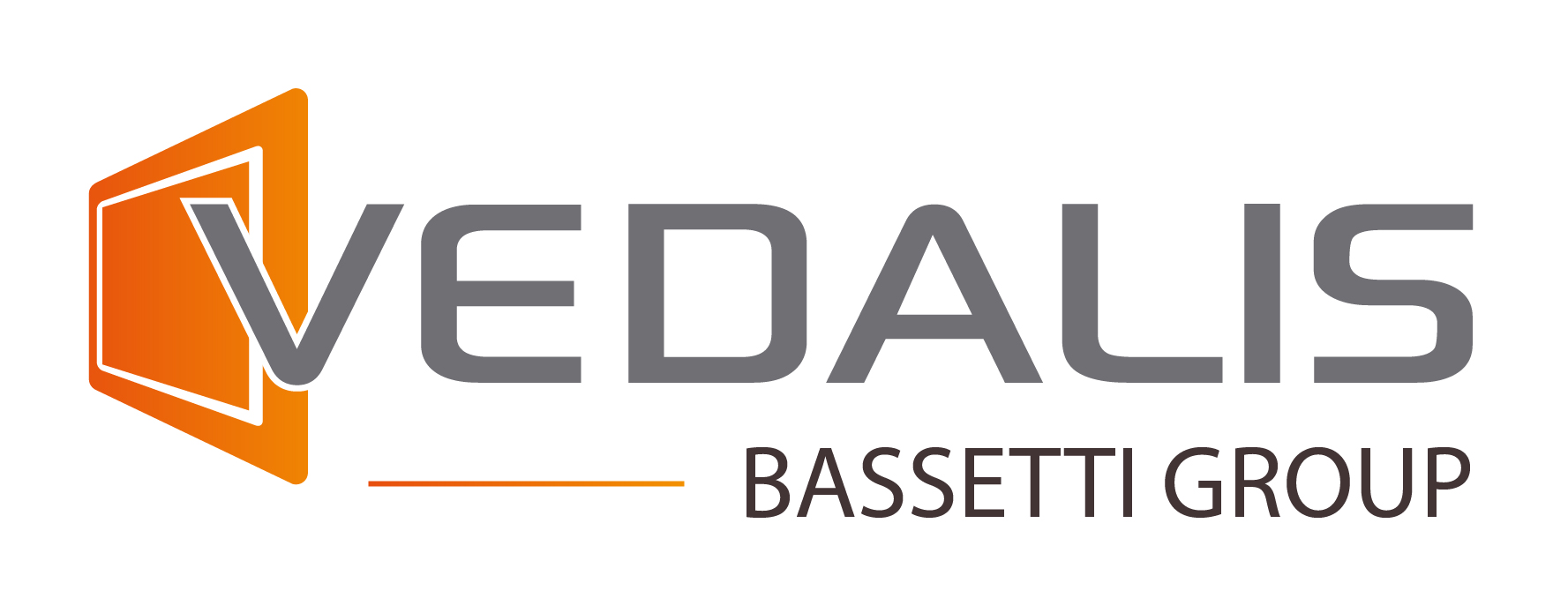
Intangible assets are major levers for value creation and competitiveness. They are often wrongly neglected
There are the tangible assets of the company that appears on the balance sheet… and then there are the others that often do not appear on it and yet their value is far from negligible. “With digital transformation, intangible elements gain in proportion in the valuation of all companies. It is estimated that intangible assets represent nearly 80% of the value of digital companies,” explains Philippe Cotelle, director of Amrae, who is currently involved in research on the valuation and insurability of intangible assets (with the French Insurance Federation and Apref, under the auspices of IRT System X).
In other words, the company’s “immaterial capital” consists of it’s accumulated skills and knowledge but also its processes, reputation, brand, the reliability of its information systems, its innovation capacity, the quality of its relations with its customers and partners, and even its compliance with societal and environmental commitments. In short, all these elements contribute to the creation of the company’s value over the long term, as well as to its enhancement.
“When comparing the value of two companies, it is necessary to go beyond the strictly financial elements and take into account their ability to develop in a sustainable way: these are intangible, but nevertheless very concrete, elements that will make it possible to determine the value of companies by choosing, for example, the appropriate multiple of the gross operating surplus to take into account,” explains Céline Chicot, Associate Director of Consulting at GMBA.
A tool to evaluate your immaterial resources
Why bother with it outside of any sales project? First of all, to have an objective and complete view of your company’s strengths and weaknesses. “By developing a 360° view of the tangible and intangible resources of his company, the manager can adjust his strategic plan and make the right decisions,” continues Céline Chicot. “Many companies today are facing a talent war: they will be able to attract more people by working on their “human capital”, in other words, their ability to motivate people, their training plans, the way to transfer their know-how or the managerial skills of their managers.”
Immaterial elements of value may also be taken into account in some negotiations. “If properly recognized and estimated, immaterial capital can reassure the company’s suppliers and customers, and even convince banks to grant financing more easily, by using shared tools,” says Jo-Michel Dahan, Deputy Director of Service Companies and the Liberal Professions at the Directorate-General for Enterprises (DGE). It is also an element to consider in a company’s risk management. “You should discuss with your insurer how to cover this immaterial capital,” adds Philippe Cotelle.
In practice? Many considerations are underway. In mid-November, on the 8th “National Day of Immaterial Assets”, organized by the Observatory of the Immaterial, had the theme “The Intangible: the company’s mission and the new responsibility of the manager”.
Source article: Cécile Deshardins, “Capital immatériel : jusqu’à 80 % de la valeur d’une entreprise numérique”, Les Echos Entrepreneurs



